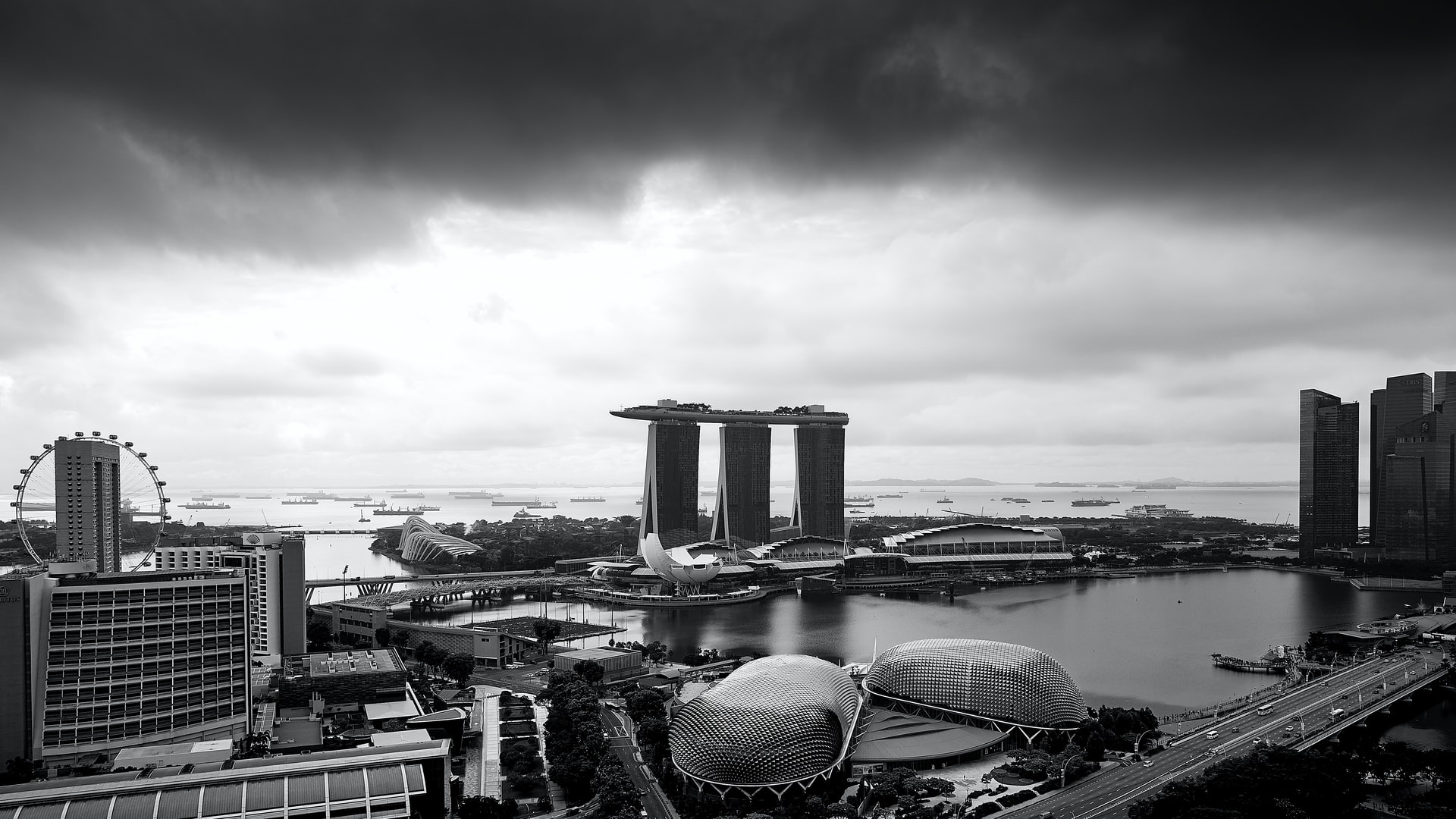There is a saying that when it rains, it pours. That saying could not be truer for several Singapore companies which have been heavily impacted by the biggest global health crisis since the 1918 Spanish Flu.
One-two punches
Once a promising company which briefly counted Temasek Holdings as an investor, Hyflux made its name providing water treatment technology expertise and project management. It has since been brought to its knees by a one-two punch, namely the oversupply of natural gas in 2018 and the oil market crash in 2020, exacerbated by the global pandemic, which have seen a prolong weakness in electricity prices.
In 2016, several years prior to a COVID-19 pandemic, Hyflux was already deep in financial turmoil. However, a collapse in the demand for oil caused by the pandemic led to a crash in oil prices and thereby lowering the profits of electric power generation. Since Hyflux’s projects integrated water treatment with power generation, it meant that the drop in electricity price caused substantial losses for the company. For its Tuaspring project in Singapore, Hyflux estimated electricity prices at $220 per MWh. At the time, Hyflux had the intention of selling excess electricity to the national grid to offset the low cost of supplying water to PUB. Unfortunately for Hyflux, electricity prices have trended only downwards and presently are approximately $81 per MWh. With $1.6 billion in debt, the fate of Hyflux now remains in the hands of UTICO, an Emirati company; Pison Investments led by Johnny Widjaja; Aqua Munda, a Singapore register chemical company; and a consortium comprising of unsecured working group (UWG) of banks — Mizuho, KfW, Bangkok Bank, BNP Paribas, Standard Chartered Bank, CTBC Bank, and Korea Development Bank — who have recently applied to the courts for the company to be placed under judicial management.
Similarly, Singapore’s marine industry have also endured a one-two punch of its own — first with the cyclical weakness in shipping, and secondly with the COVID-19 pandemic that hammered oil prices. As a result of closing its Singapore yards for months due to the pandemic, Sembcorp Marine posted a net loss of $84 million in the first half of 2020. While production gradually resumed with the lifting of island-wide circuit breaker measures, Sembcorp Marine have also implemented salary cuts across the company and job cuts. Sembcorp Marine’s rival, Keppel Offshore and Marine, similarly cut jobs this month. In 2017, it had already cut 1250 jobs and the economic disruption brought about by the COVID-19 pandemic means the recovery of Singapore’s offshore and ship building industry remains gloomy. Both parent company Keppel Corp and Sembcorp Marine are partly owned by Temasek.
One almighty punch
One almighty punch can be sufficient to wipe out a business. In 2020, that one punch is COVID-19.
Knocked out by COVID-19, around the world airline bankruptcies have been par for the course, with only those receiving government aid as the likely survivors of this global health crisis. Thankfully for Singapore Airlines, majority shareholder, Temasek Holdings, will no doubt continue to provide full backing, and the national flag carrier will likely survive this crisis. Having said that, it faces a monumental challenge ahead.
The current situation at Singapore Airlines has deteriorated due to a much longer than anticipated time before air services can resume. Unlike larger countries which have a domestic air network that may still function in a global pandemic, a carrier like Singapore Airlines is highly susceptible to international travel restrictions such as mandatory quarantines.
The resultant precipitous drop in demand for air travel means Singapore Airlines is facing its greatest challenge yet in its seventy-three-year history. According to data from International Air Transport Association (IATA), revenue-passenger-kilometer in April 2020 has dropped by 94.3% on a year-on-year basis. The SIA Group is currently operating at only 4% of its pre-COVID routes and a load factor of just over 10%. As the reality is setting in that the resumption of air services could happen much later than hoped, the company is staring at an extended period of operating in survival mode.
Given the magnitude of the decline in air travel, the fact that no definitive time line is set for the resumption of air travel, and no certainty that SIA’s capacity will be the same size as pre-COVID, it is inevitable that job cuts would occur. Currently, more than 22% of its 27,000 staff are on no-pay leave, and there is a company-wide pay cut among other measures that have been rolled out. However, even with the Singapore Government’s Jobs Support Scheme (JSS) extended till March 2021, covering 50% instead of the current 75% of wages, it is likely that staff retrenchments will come sooner rather than later.
Investing in a Pandemic Economy
Yet as tumultuous a time as it is for its subsidiaries, Temasek have been adding to its estimated $306 billion portfolio, prudently taking advantage investment opportunities created by market volatility.
In its recent 13F filings with the US Securities and Exchange Commission, Temasek added to its stake in the world’s largest asset management firm, BlackRock, worth approximately $4.8 billion. Meanwhile Temasek have also purchased additional shares in Chinese bio-pharmaceutical companies, China Biologic Products Holdings and Beigene. In addition, earlier this month, Temasek and Bayer AG’s impact investment arm, Leaps by Bayer, announced a new joint-venture called Unfold. Combining seed genetics and agriculture technological experts, the new company hopes to develop crops specially designed for the unique requirements of indoor vertical farming.
Meanwhile, Temasek have pulled out of a recent deal to increase its stake in Singapore’s Keppel Corp due to Keppel’s financial losses. Certainly, Temasek’s recent investments in bio-pharmaceuticals and high-tech agriculture is a hint at how investing in a COVID-19 world will look like going forward, and that for now, perhaps the best investment opportunities lie outside Singapore.




























